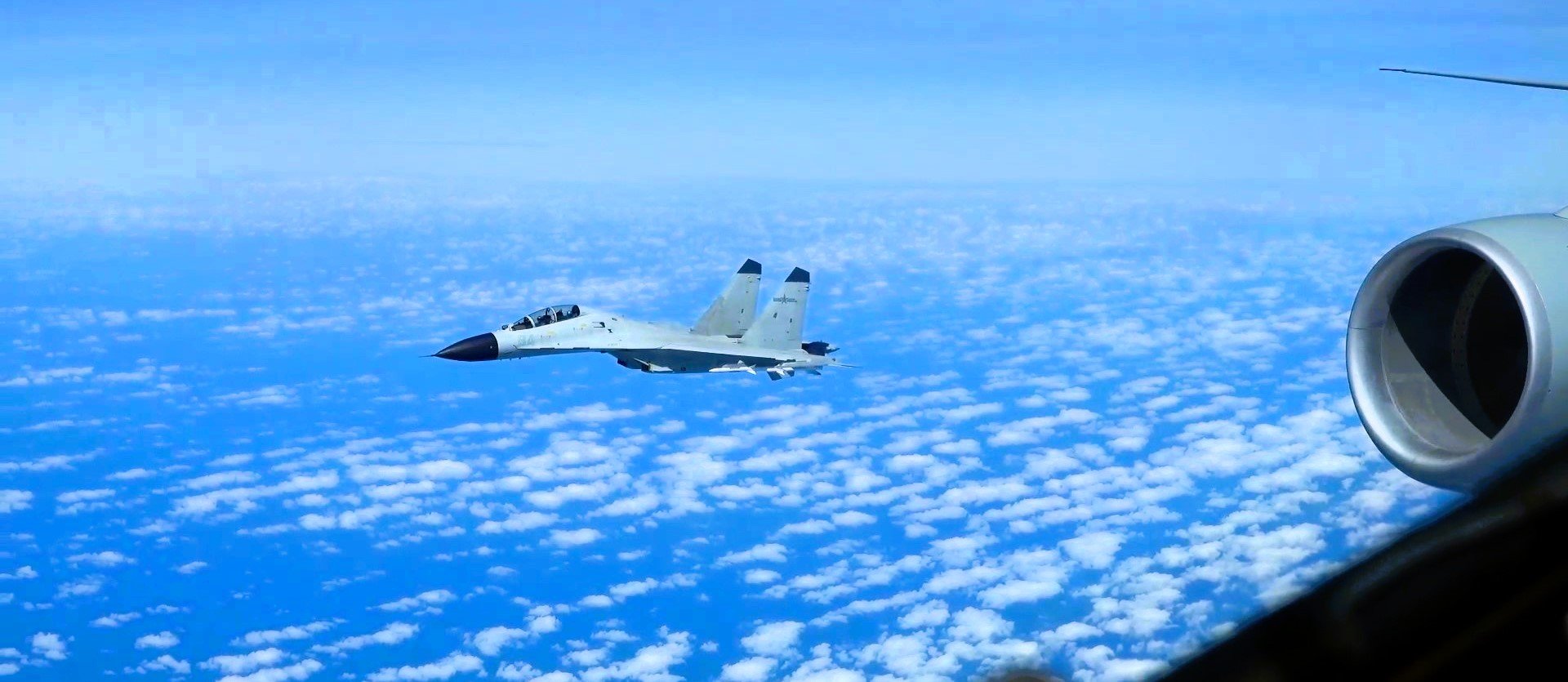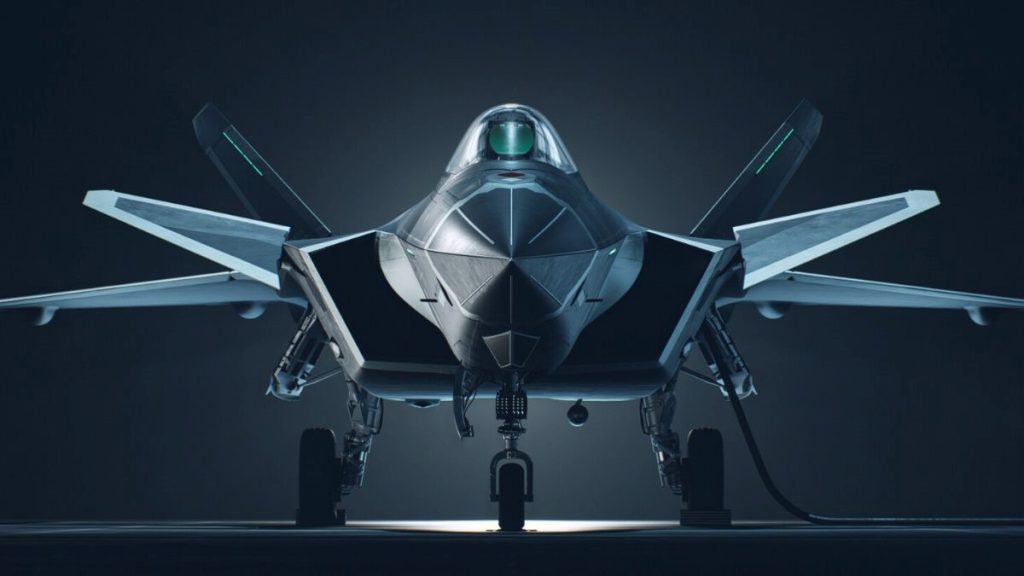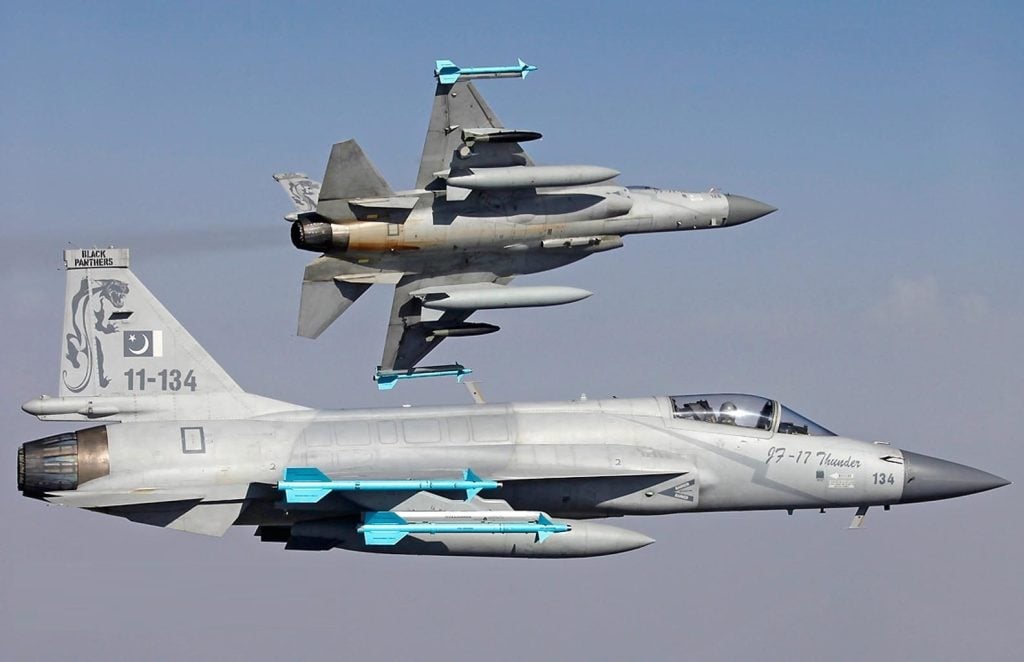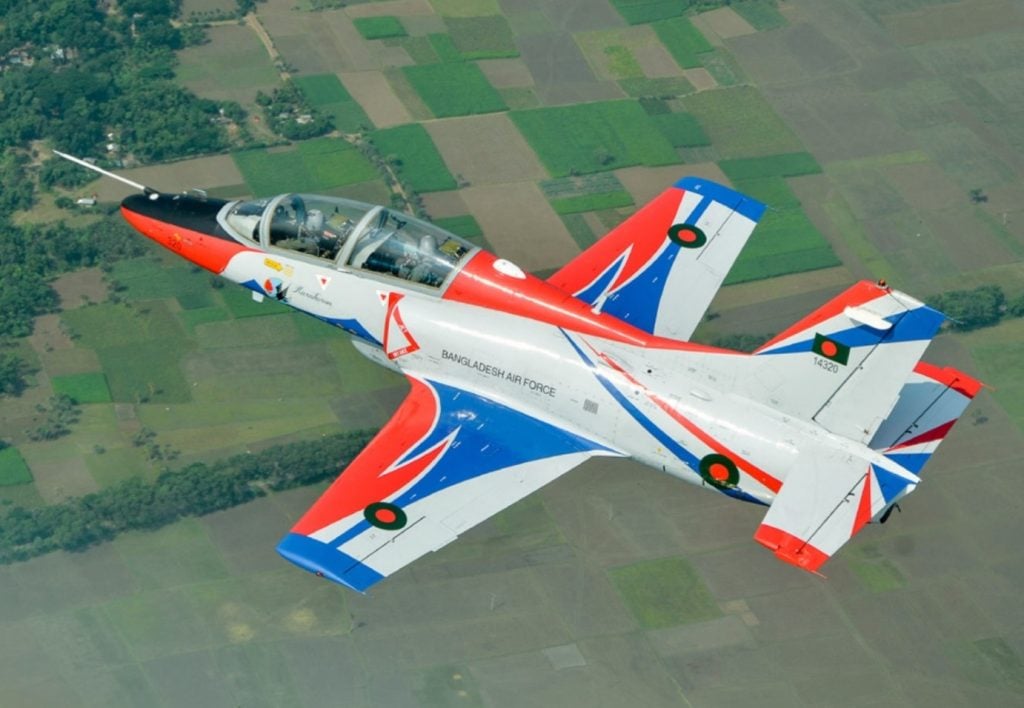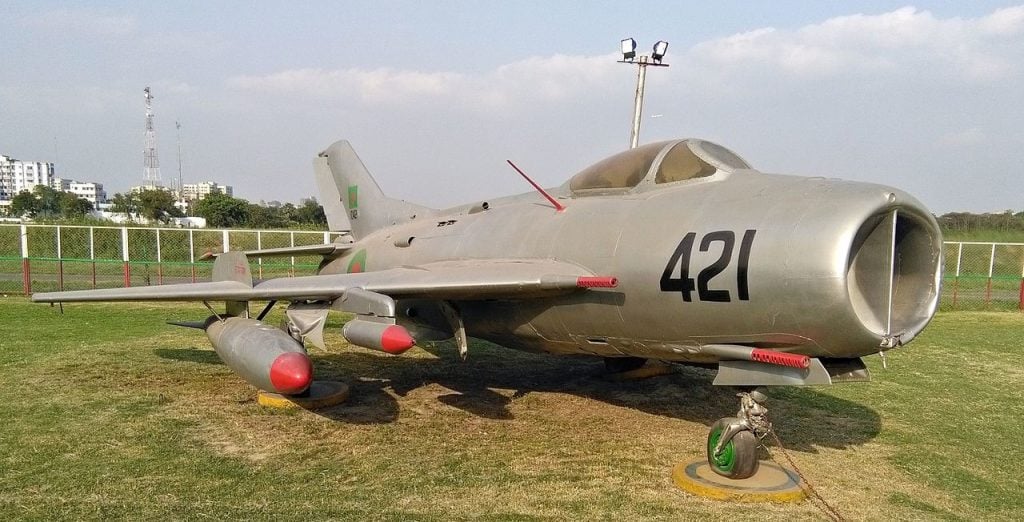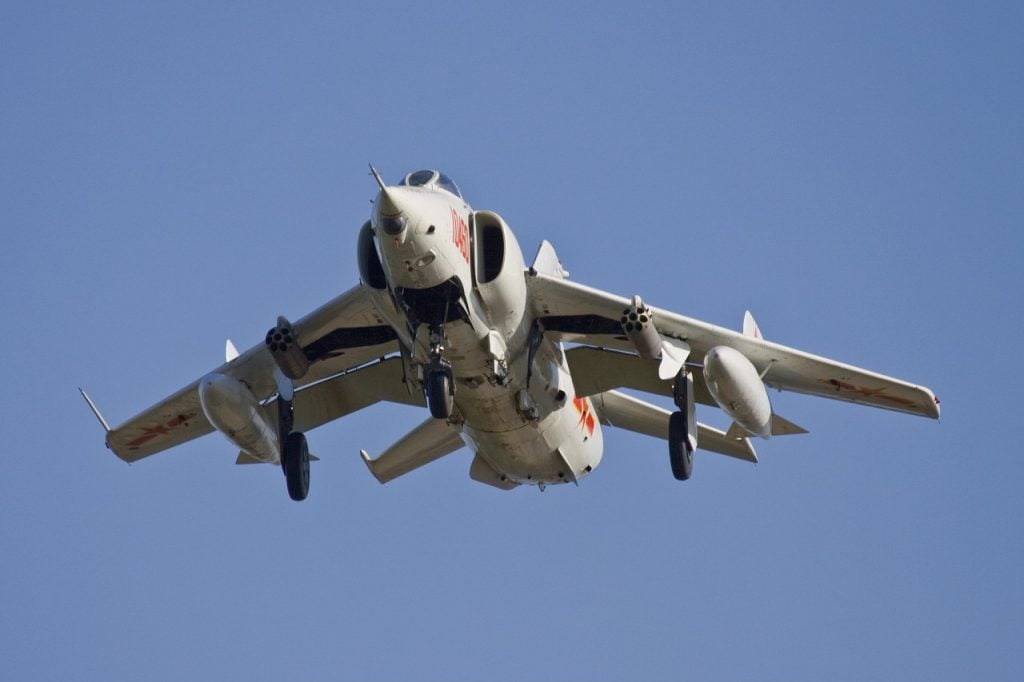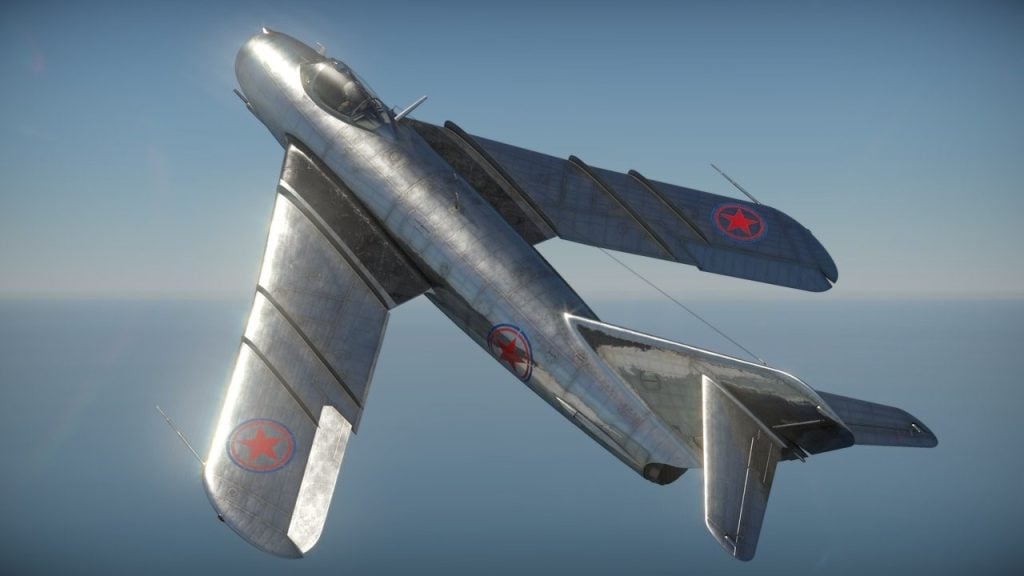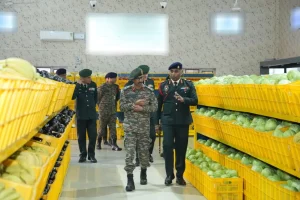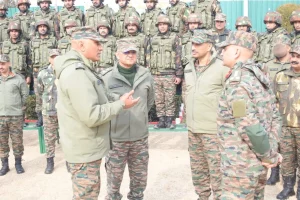As the global geopolitical landscape continues to shift, the dynamics of military aircraft procurement have also undergone significant transformations. One country that has emerged as a rising force in the fighter jet export market is China. While Russia’s position as a major exporter has been crumbling, China is poised to potentially fill that void, offering a range of combat aircraft to nations seeking affordable and accessible air power solutions.
In this comprehensive article, we will delve into the reasons Why These 5 Countries Buy Chinese Fighter Jets – Pakistan, Bangladesh, Zambia, Sudan, and North Korea – have turned to China as a source for their fighter jet acquisitions. By examining the unique circumstances and strategic considerations of each nation, we will gain a deeper understanding of the factors driving this trend and the implications it holds for the future of the global fighter jet market.
5 Best Electronic Warfare Aircraft from Cold War Times
1. Pakistan
Pakistan has long been one of China’s closest allies and a significant recipient of Chinese military hardware, including fighter jets. The Pakistani Air Force’s fleet reflects this strategic partnership, with a mix of Western aircraft like F-16s and Chinese-origin fighter jets.
The most notable Chinese-made fighters in Pakistan’s arsenal are the J-10C Vigorous Dragon and the JF-17 Thunder, a joint Sino-Pakistani multirole combat aircraft. The JF-17, in particular, has been touted as a cost-effective and capable platform that has allowed Pakistan to bolster its air defense capabilities without the hefty price tag of Western-made jets.
However, the JF-17’s operational record has been a subject of debate, with some questioning its ability to compete against more advanced adversaries. Nonetheless, the aircraft’s joint development and production with China have solidified the two countries’ defense cooperation and Pakistan’s reliance on Chinese military technology.
Breakdown of Pakistan’s Chinese Fighter Jet Fleet
| Aircraft | Quantity |
|---|---|
| J-10C Vigorous Dragon | 20 |
| JF-17 Thunder (joint production) | Over 150 |
| F-7PG Skybolt | Undisclosed |
In addition to the fighter jets, Pakistan’s air force also operates other Chinese-made aircraft, such as the Y-12 transport and the Karakorum-8 trainer.
2. Bangladesh
Bangladesh, a cash-strapped country, has also turned to China for its fighter jet needs. The Bangladeshi Air Force’s combat aircraft inventory is primarily composed of Chinese-origin fighters, with the Chengdu J-7 being the most prominent.
The J-7, a license-built version of the Soviet-era MiG-21, has been a mainstay in many air forces around the world, including Bangladesh’s. While the J-7 may not be the most modern or capable fighter jet, its affordability and availability have made it an attractive option for nations with limited defense budgets.
In addition to the J-7s, Bangladesh has also acquired the Hongdu JL-8 jet trainer from China, further strengthening its air force’s reliance on Chinese-made platforms.
Breakdown of Bangladesh’s Chinese Fighter Jet Fleet
| Aircraft | Quantity |
|---|---|
| Chengdu J-7 | Around 36 |
| Hongdu JL-8 | Undisclosed |
It’s worth noting that Bangladesh’s air force also operates a small number of aging Russian MiG-29 Fulcrum fighters, which are considered the country’s most capable combat aircraft.
Will 6th-Gen Fighter Jets Be Piloted by Humans?
3. Zambia
The Southern African nation of Zambia stands out as an example of a country whose air force is almost entirely composed of Chinese-made fighter jets. The Zambian Air Force operates the Hongdu JL-10, a modern light fighter, as well as the Shenyang J-6, a license-built version of the Soviet-era MiG-19.
The J-6, while an antiquated design, has found a home in the air forces of several nations, including Zambia, Sudan, and North Korea, where more advanced options may not be readily available or affordable.
In addition to the fighter jets, Zambia’s air force also utilizes other Chinese-made aircraft, such as the Xian MA60 transport, the Harbin Y-12 utility aircraft, the Harbin Z-9 helicopter, and the Hongdu JL-8 trainer.
Breakdown of Zambia’s Chinese Fighter Jet Fleet
| Aircraft | Quantity |
|---|---|
| Hongdu JL-10 | Around 6 |
| Shenyang J-6 | Around 10 |
The prevalence of Chinese-made aircraft in Zambia’s air force is a testament to the country’s reliance on affordable and accessible military hardware from China, which has become a critical supplier to nations with limited defense budgets.
4. Sudan
The Sudanese Air Force, embroiled in a prolonged civil war, has also turned to China as a source of fighter jets and other military aircraft. Due to its strained relations with the West, Sudan has largely relied on Soviet-era and Chinese-made platforms to bolster its air power.
The Sudanese Air Force operates a mix of Chinese-origin fighters, including the Nanchang Q-5, a ground attack aircraft based on the Shenyang J-6, the Shenyang J-6 itself, and the Chengdu J-7. These aircraft, while not the most advanced, have provided Sudan with a relatively cost-effective means of maintaining an air force during a period of ongoing conflict.
Breakdown of Sudan’s Chinese Fighter Jet Fleet
| Aircraft | Quantity |
|---|---|
| Nanchang Q-5 | Around 20 |
| Shenyang J-6 | Around 8 |
| Chengdu J-7 | Around 20 |
In addition to the Chinese-made fighters, the Sudanese Air Force also operates Soviet-origin combat aircraft, such as the Su-24, Su-25, MiG-21, MiG-23, and MiG-29, further highlighting the country’s reliance on non-Western military hardware.
5. North Korea
North Korea’s air force stands out as one of the most peculiar and intriguing in the world. While many countries opt for Chinese fighters due to their affordability and accessibility, North Korea’s motivations are somewhat different.
The North Korean Air Force boasts an impressive collection of antique Chinese and Soviet-era fighter jets, including the Shenyang J-6, Chengdu J-7, and Shenyang F-5. These aircraft, while impressive in their own right, are largely obsolete when compared to the modern fighter jets operated by North Korea’s potential adversaries, such as South Korea, Japan, and the United States.
Breakdown of North Korea’s Chinese Fighter Jet Fleet
| Aircraft | Quantity |
|---|---|
| Shenyang J-6 | Around 100 |
| Chengdu J-7 | Around 100 |
| Shenyang F-5 | Around 100 |
Despite the apparent mismatch in capabilities, North Korea seems intent on maintaining and operating these vintage aircraft, perhaps as a testament to its military prowess and self-reliance. The country’s air force also includes Soviet-origin fighters, further adding to its unique and eclectic collection of combat aircraft.
What Makes Stealth Technology So Effective?
Conclusion
The five countries examined in this article – Pakistan, Bangladesh, Zambia, Sudan, and North Korea – have all turned to China as a source of fighter jets for various reasons. Whether it’s due to budgetary constraints, strategic partnerships, or a desire for self-reliance, these nations have found Chinese-made aircraft to be a viable option in shaping their respective air forces.
As the global fighter jet market continues to evolve, with Russia’s position as a major exporter waning, China’s emergence as a potential replacement raises intriguing questions about the future of military aircraft procurement. The ability of Chinese-made fighters to compete with more advanced Western and Russian platforms remains a subject of ongoing debate, but their affordability and accessibility have made them attractive options for nations with limited defense budgets.
The experiences of these five countries provide valuable insights into the complex dynamics of the fighter jet export market and the role that China is poised to play in shaping the future of global air power.
FAQs
1. Which countries are known to purchase Chinese fighter jets?
Pakistan, Myanmar, Bangladesh, Nigeria, and Venezuela are notable buyers of Chinese fighter jets.
2. Why do these countries choose Chinese fighter jets?
These countries often choose Chinese fighter jets due to their cost-effectiveness, advanced technology, and favorable financing options provided by China.
3. What models of Chinese fighter jets are commonly purchased?
Commonly purchased models include the JF-17 Thunder, Chengdu J-10, and Shenyang J-11.
4. How do Chinese fighter jets compare to those from other countries?
Chinese fighter jets are generally more affordable and offer competitive technology, though they may not always match the top-tier capabilities of Western or Russian jets.
5. Are there any political reasons behind these purchases?
Yes, political alliances and strategic partnerships often play a significant role in these purchases, with China using arms sales to strengthen diplomatic ties.
